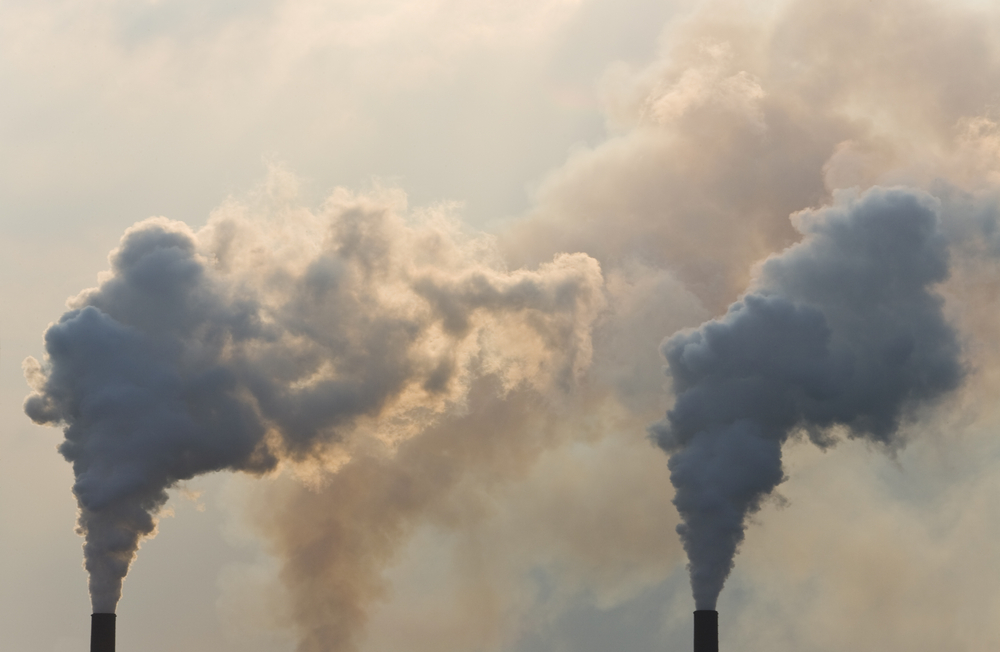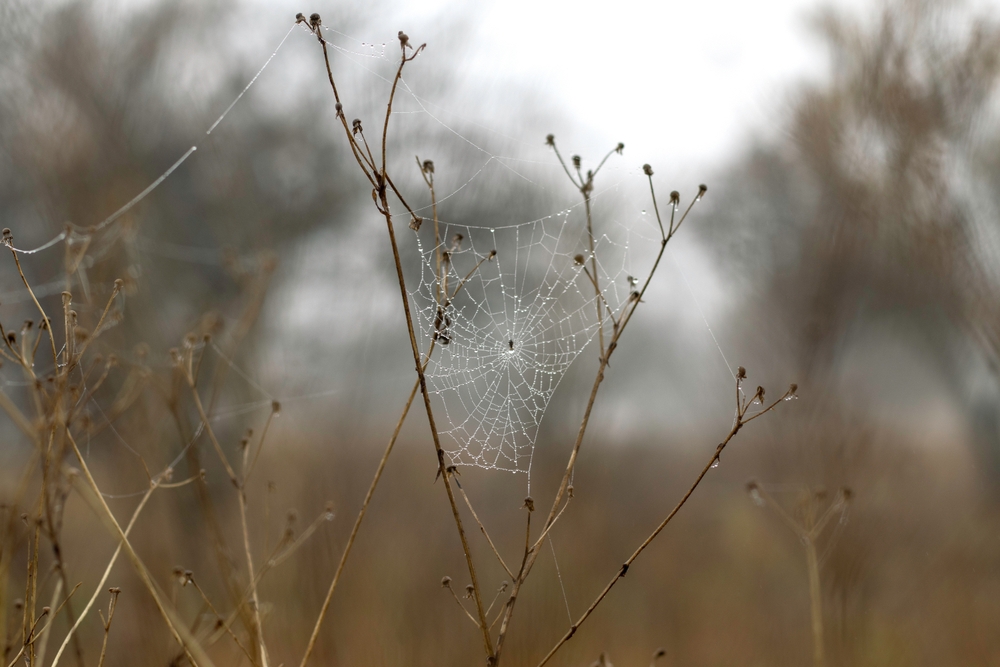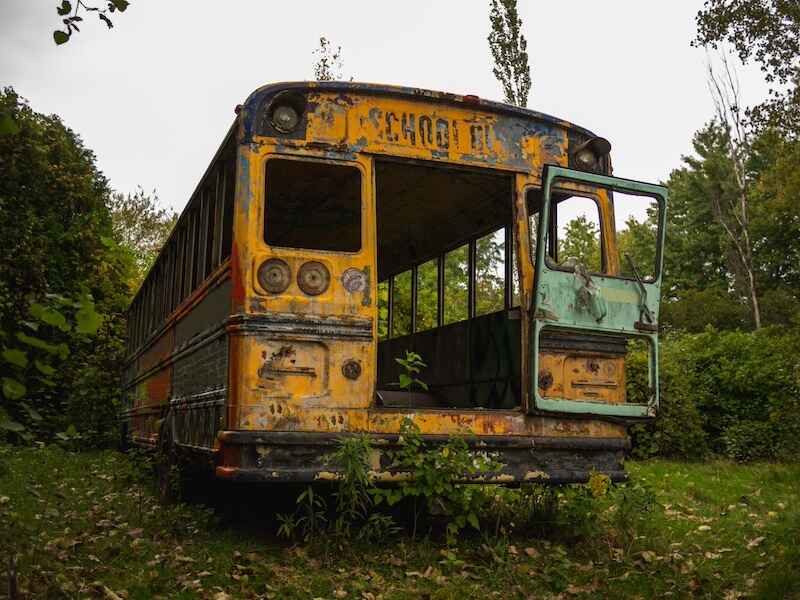The Big Problem With Biden’s Greenhouse Gas Plan
Joel Salatin|May 25, 2021

Editor’s Note: President Biden has some lofty goals for his administration… the most recent being revealed through his proposal to reduce greenhouse gas emissions. But as with most things the government touches… it’s trying to solve problems in a way that creates even more problems. Read below for Joel Salatin’s take on what the government’s got wrong… and what the solution SHOULD be.
The Biden administration’s goal to reduce greenhouse gas emissions includes a plan for farmers.
President Biden proposes paying farmers to plant cover crops – corn, wheat and soybeans – that would remove carbon from the atmosphere.
Of course, Tyson Foods, JBS USA Holdings, Cargill and CF Industries Holdings, which together represent arguably the largest agribusiness giants in America, support the plan as part of their own “green” agendas.
Let’s not forget that CF Industries is a mega-fertilizer manufacturer. It emits nitrous oxide in its operations. Nitrous oxide is 300 times more potent than carbon dioxide.
Biden’s plan sounds noble until you realize that if our country purchased, ate and farmed food responsibly, these companies and their devastating halos wouldn’t even exist.
But here’s my biggest issue with the plan…
Solving Problems With More Problems
Cover crops are required only when you destroy perennials (such as grasses). Herbivores (which most livestock are) thrive on perennials. But most farmers do not manage their perennials… and as a result, American pastures are bare.
On our farm – over 50 years – we’ve moved our soil from 1% organic matter to more than 8% without planting a seed or buying a bag of chemical fertilizer from the likes of CF Industries.
And what most folks – including those in our government – don’t know or understand is that you can produce just as much milk and meat from grass-fed animals as you can from grain-fed animals.
That’s a shame… because 500 years ago, North America produced more pounds of animals than it does today (including the weight of humans).
That should give everyone pause when politicians start talking about spending billions of dollars to solve problems through methods that are wholly unnecessary.
Biden’s emissions-reduction policy assumes that perennials cannot do what annuals can. But when managed right, perennials never expose the soil, making cover crops obsolete.
The techniques used by conventional industrial agriculture – which use a lot of energy and destroy soil carbon – can never compete with what should be natural.
But conventional thinking is a hard mindset to break free from.
Government programs that pay farmers for cover cropping feed a destructive agricultural model.
As long as these props skew the true cost of improper farming methods, a dramatic shift to more ecologically enhancing systems will never occur.
What a travesty, that rather than adopting healing systems, our government’s policy subsidizes Band-Aids to cover self-inflicted wounds.
Injustice and Unfairness
Certainly some annual crops need to be grown. Thousands of farmers have been protecting their soil with cover crops, and even techniques like intercropping, of their own accord, without incentive payments.
Many say these practices easily pay for themselves in decreased fertilizer needs and better soil biology.
What do the folks who have already reduced emissions and sequestered carbon, through their own ingenuity and with their own bank accounts, get?
Nothing.
Therein lies the great injustice of virtually all subsidy programs.
On our farm, we fenced out riparian areas decades ago. When it became fashionable, farmers received big paychecks from government programs to fence off these critical areas.
What did we get for our decades of early effort?
Nothing.
Pasture cropping is a row crop technique developed in Australia that integrates livestock, perennials and annuals in a closely timed sequence to plant cash grain crops without tillage, herbicides or fertilizer.
Thousands of farmers in Australia have adopted this model to great economic and ecological benefit. Innovative American farmers are now adopting this technique for the same reasons.
Be assured that any government incentive program designed to mitigate emissions and encourage carbon sequestration will not recognize this highly innovative technique. It’s far too new to receive respect from any bureaucracy or legislative body.
Most of the time, the things the government subsidizes are way behind the innovation curve. Once a practice is accepted widely enough to be endorsed by bureaucrats (including those at land-grant universities) and politicians, it’s at least a decade behind.
The result is that subsidies prop up old models rather than boosting innovations from the lunatic fringe.
Some people no doubt think I’m painting with too broad a brush by questioning all government incentives.
Perhaps some have done some good. But in my half-century of farming, I’ve seen precious little that went toward solving core problems or finding the best solutions.
If I’m jaundiced, I can recite a long list of reasons. If subsidies didn’t exist, farmers would be forced to adopt more innovative practices to stay in business.
That would move progress faster in the right direction.

Joel Salatin
Joel Salatin calls himself a Christian libertarian environmentalist capitalist lunatic farmer. Others who like him call him the most famous farmer in the world, the high priest of the pasture, and the most eclectic thinker from Virginia since Thomas Jefferson. Those who don’t like him call him a bioterrorist, Typhoid Mary, a charlatan, and a starvation advocate. With a room full of debate trophies from high school and college days, 12 published books, and a thriving multigenerational family farm, he draws on a lifetime of food, farming and fantasy to entertain and inspire audiences around the world.



